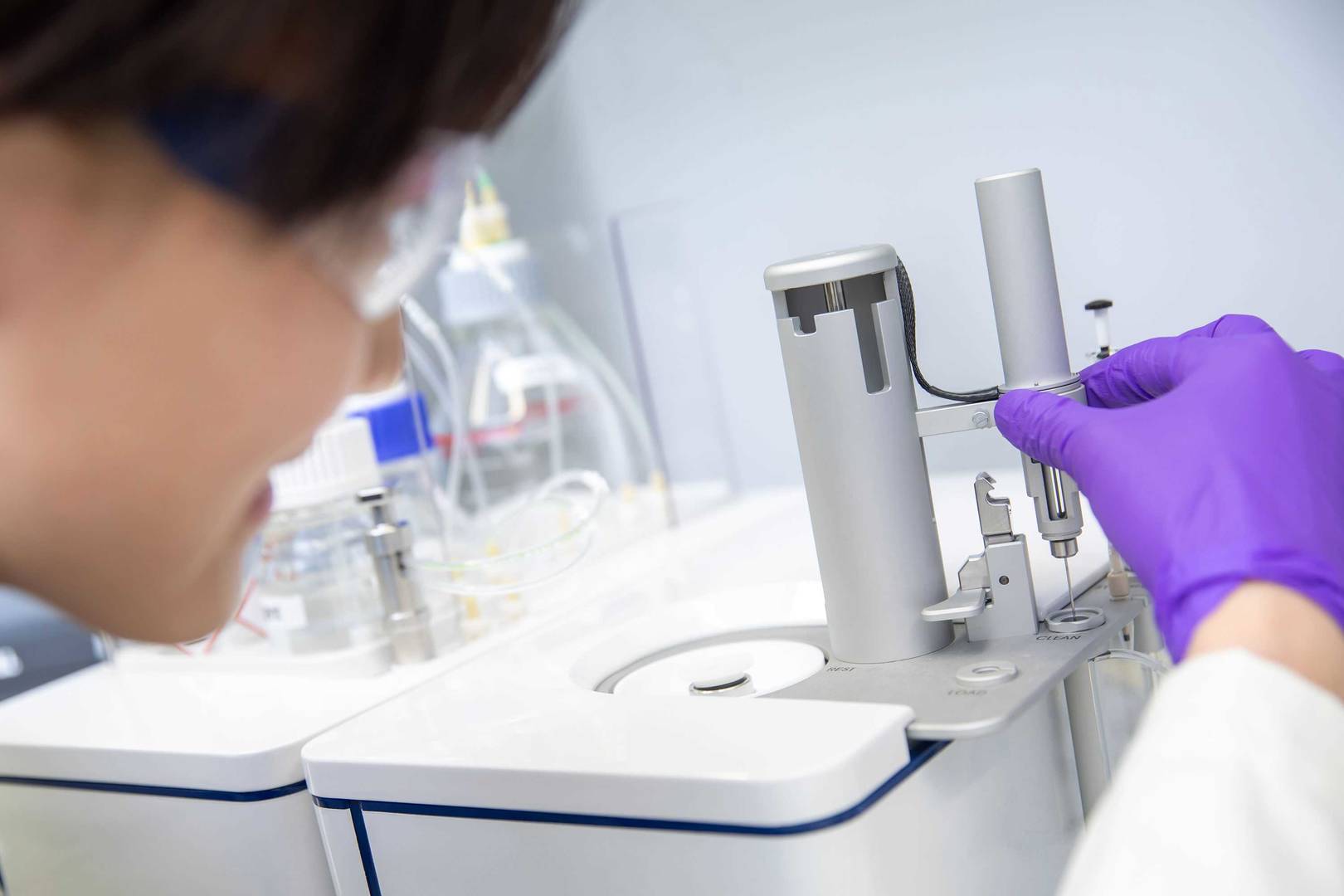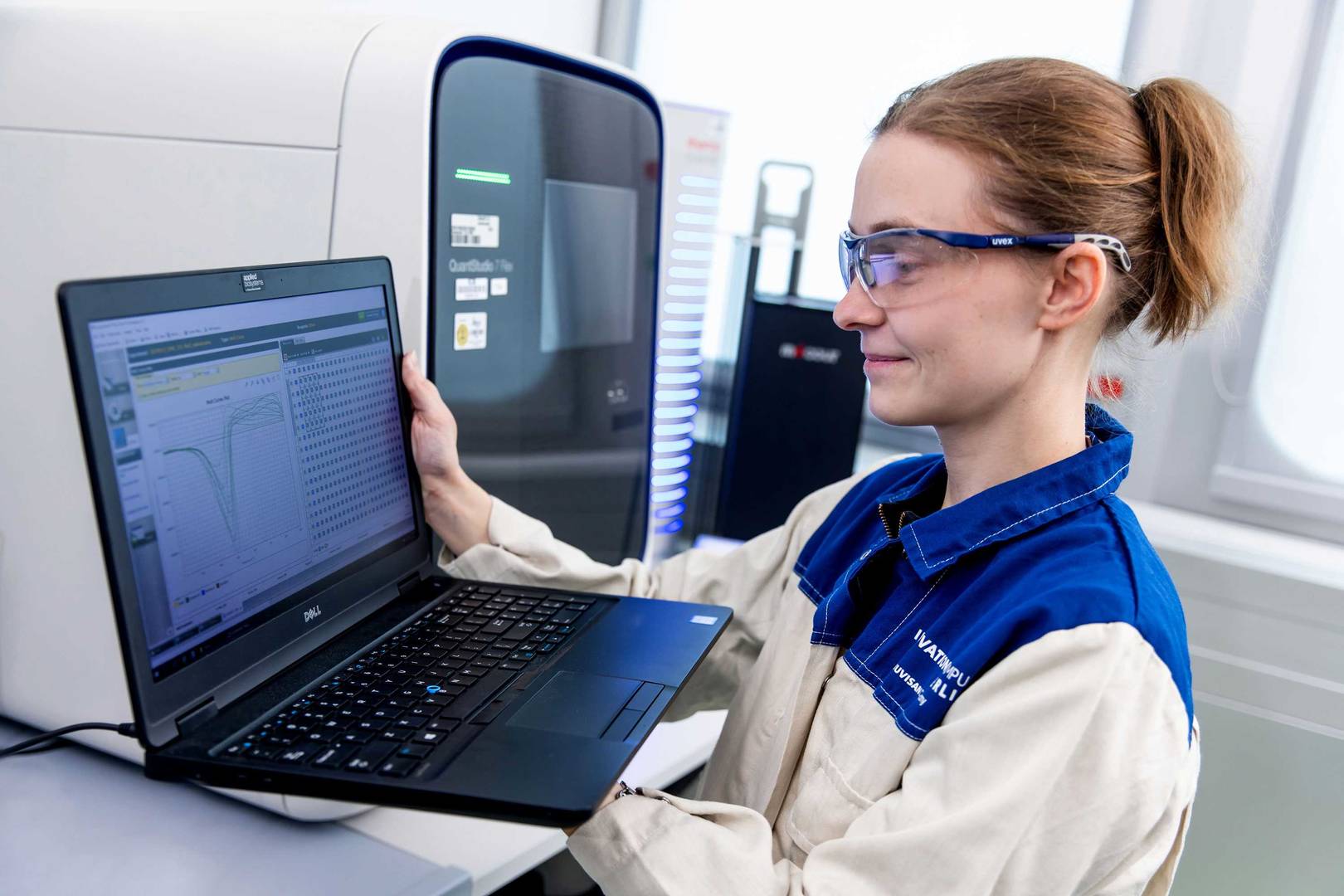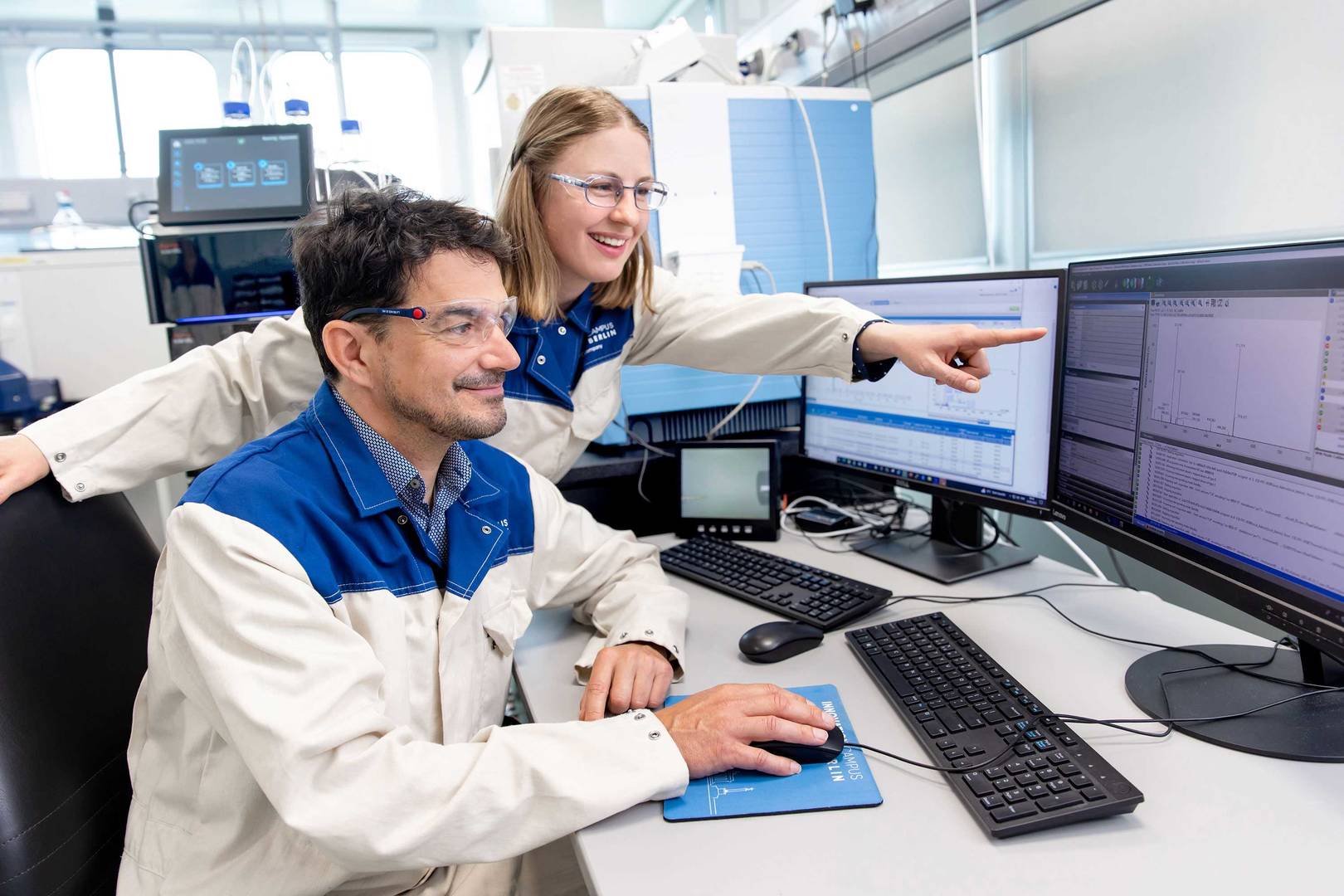Surface plasmon resonance (SPR) is a powerful biophysical method that measures biomolecular interactions in real time. This label-free technology provides precise data on binding kinetics and affinity, making it invaluable for validating hit lists, profiling hits and elucidating structure-activity relationships (SAR). Partner with our expert team to leverage our cutting-edge SPR platform for in-depth compound characterisation and optimisation.


Nuvisan's isothermal titration calorimetry (ITC) services deliver precise measurement of molecular interactions.
learn more
Explore how our DSF/TSA and NanoDSF solutions can shed light on the thermal stability of your biomolecules.
learn more
We perform MST experiments to support our clients with the analysis of interactions between biomolecules.
learn more